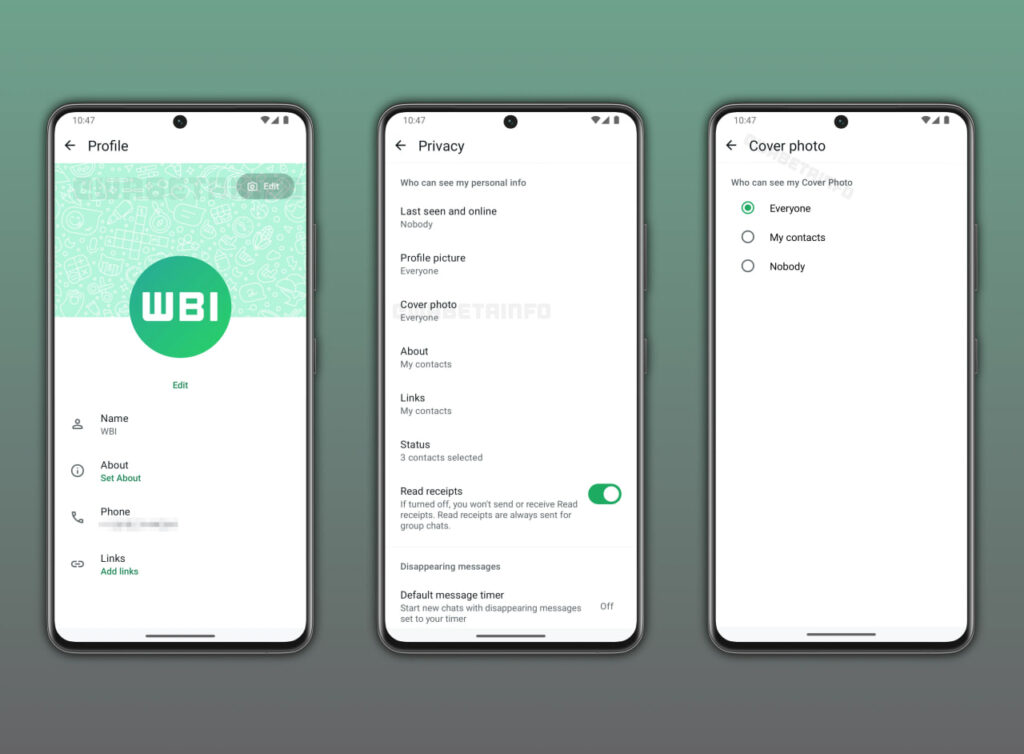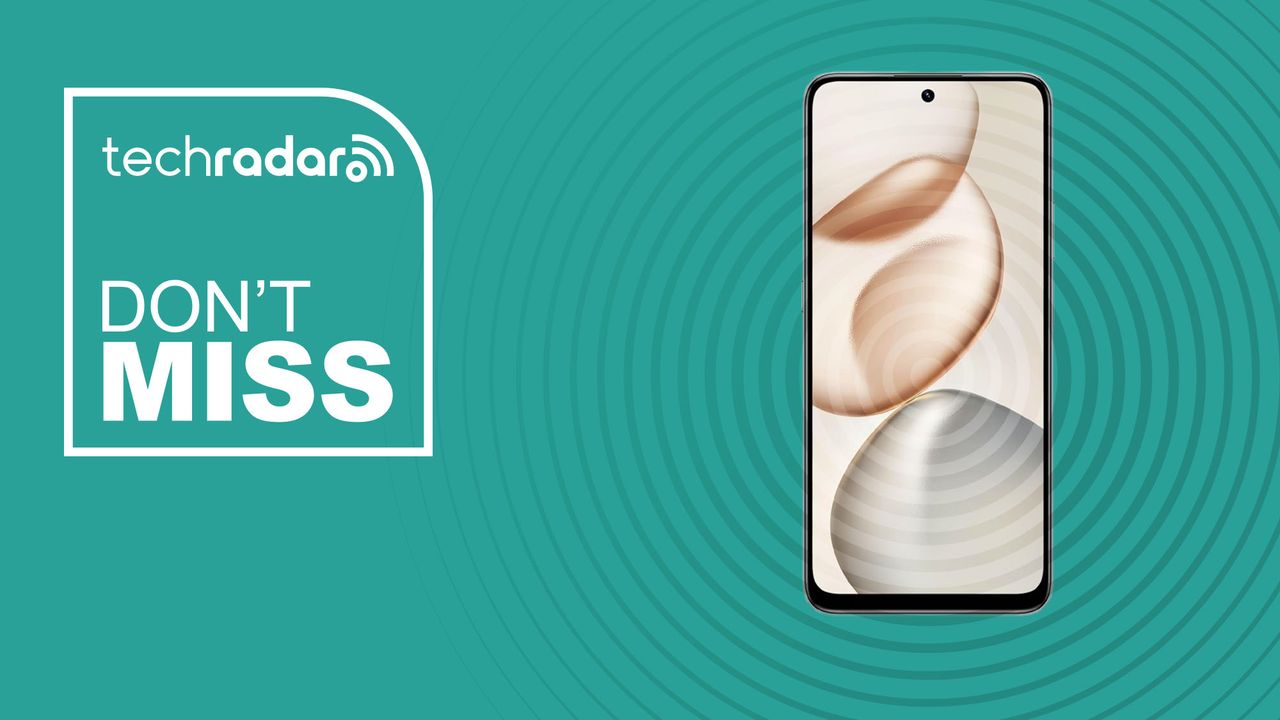WhatsApp soon lets you personalize your profile with cover photo
WhatsApp has released a new beta update for Android, which reveals that the company is working on the ability for users to set a cover photo on their profile. This feature, already available for WhatsApp Business accounts, will soon be coming to regular users as well.
The new cover photo option will let users add a banner image at the top of their WhatsApp profile, similar to what we see on Facebook or LinkedIn. This image will allow people to express their personality, mood, or style through visuals, to make profiles more fun and personal.
Currently, only WhatsApp Business users can set cover photos to make their pages look more professional and appealing. However, WhatsApp now plans to expand this feature to everyone. Users will be able to upload or select a picture from their gallery directly in their profile settings.

Image via WABetaInfo
WhatsApp is also testing privacy settings for cover photos, giving users control over who can see them. The available options include “Everyone,” “My contacts,” and “Nobody.” For now, there’s no “My contacts except” option, but it might be added later. These privacy options ensure that users can customize their profiles while staying in control of their personal information.
The cover photo feature is currently under development and is not yet available to users. WhatsApp is currently testing and improving it before a wider release. Once ready, the update will likely roll out to beta testers first and then to all users in the coming weeks. Stay tuned for more information.
The post WhatsApp soon lets you personalize your profile with cover photo appeared first on Sammy Fans.





 Galaxy XR is now available today. Here’s what to expect.
Galaxy XR is now available today. Here’s what to expect.